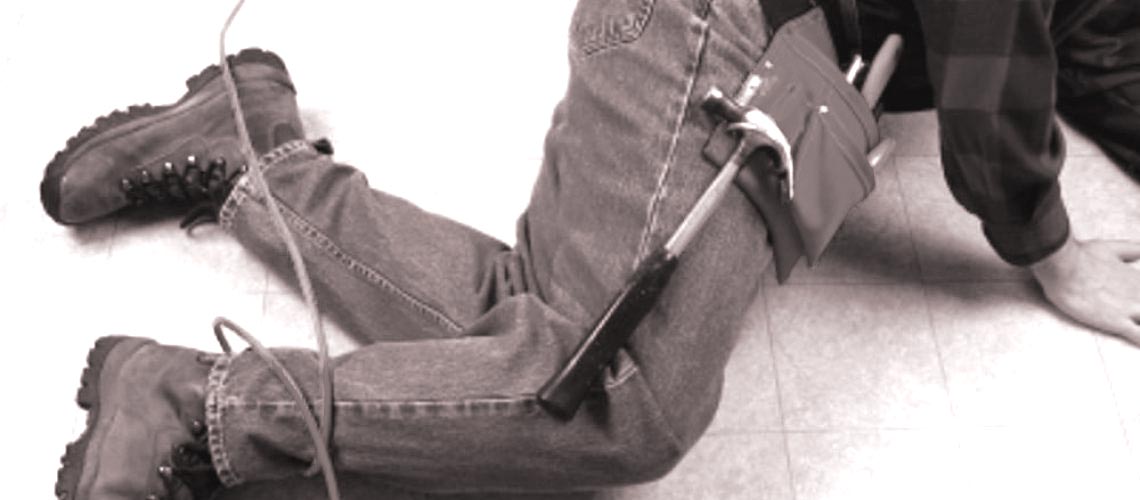Generally, there are two types of work-place injuries. A work-place injury is referred to as a specific injury or cumulative trauma. Sometimes an injured worker could have sustained more than one injury at different times and may suffer from more than one specific injury, cumulative trauma or a combination of the two.
A specific injury is the type of injury most people think of when referring to an injury. Some people think of it as an accident. A slip and fall is an example of a specific injury. Getting hit in the heading by a falling object is another example of a specific injury. The injured worker knows exactly when and how he or she was injured: “I sat down in my chair at my desk and the chair broke. I landed on my tailbone (coccyx). Prior to this fall, I never had pain in this area of my body.”
A cumulative trauma happens as often as specific injuries in the workplace, but is not as commonly understood. A cumulative trauma (sometimes called continuous trauma) is a gradual onset of pain or symptoms. The onset of symptoms can occur so slowly that one may ignore the symptoms until the symptoms become unbearable or the person realizes that, left untreated, the symptoms are not going to go away. Cumulative trauma injuries are caused by repetitive work, such as frequent typing or heavy lifting. Carpal tunnel syndrome is one of the most common types of cumulative trauma. Often back injuries are caused by cumulative trauma, especially if the employee does a significant amount of moderate to heavy lifting at work.

